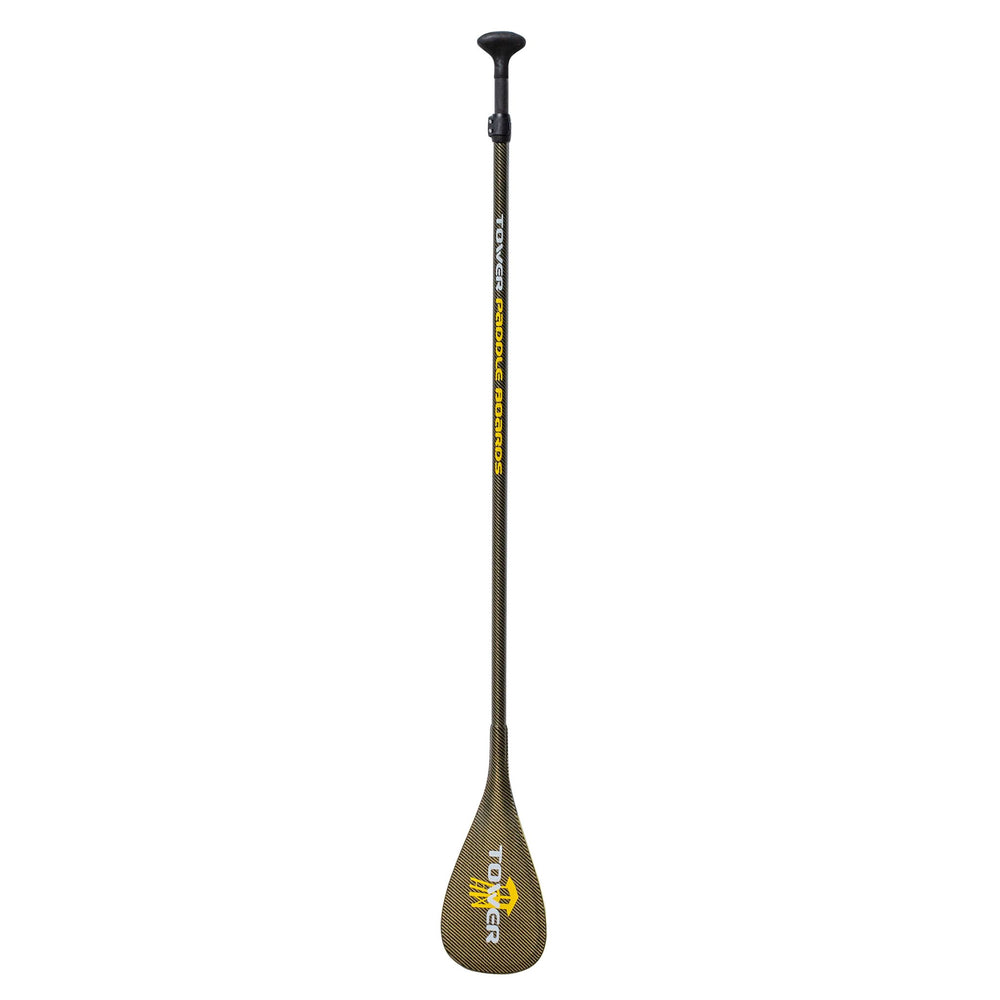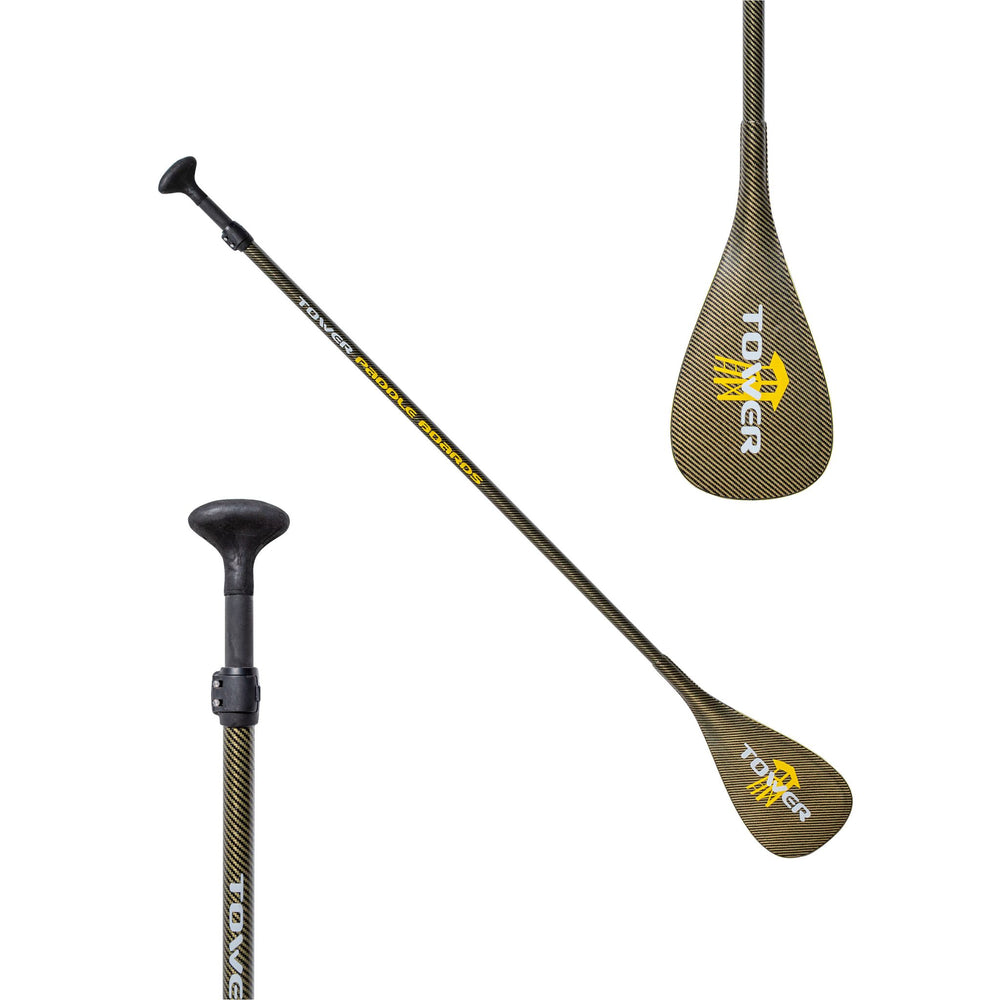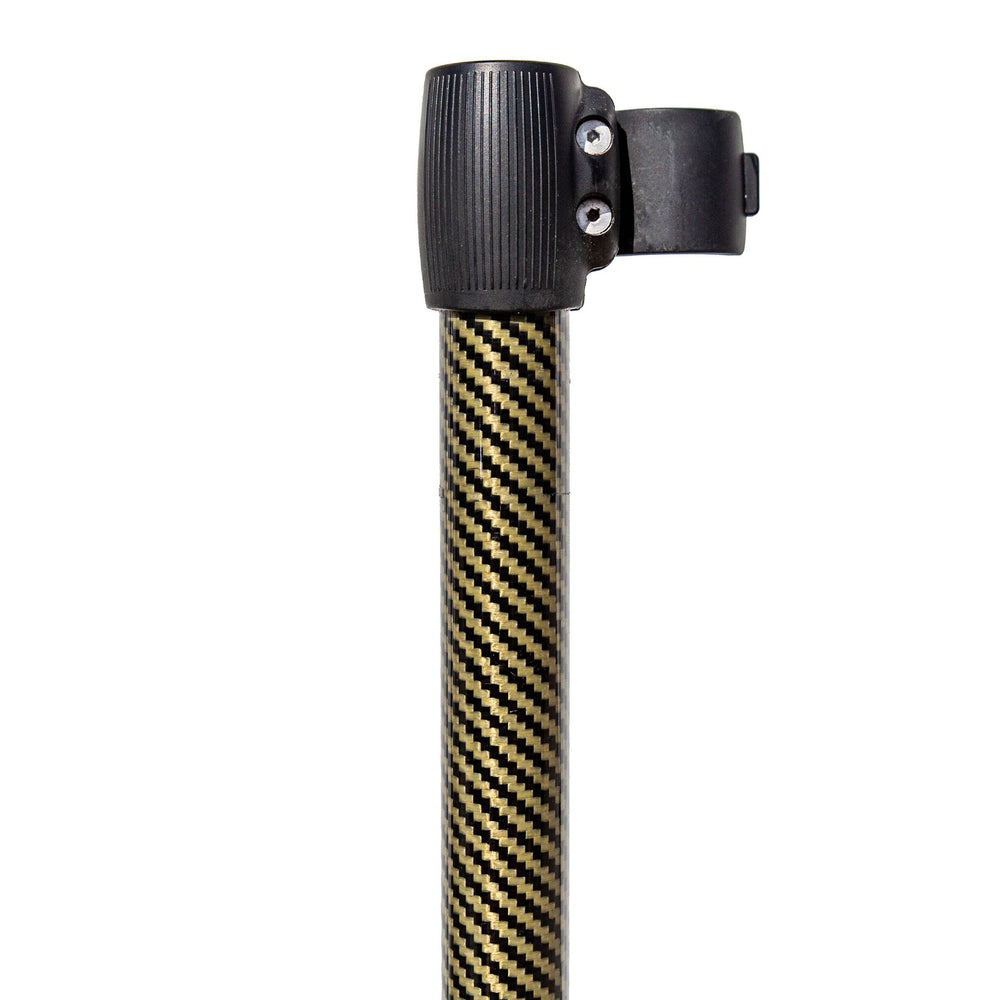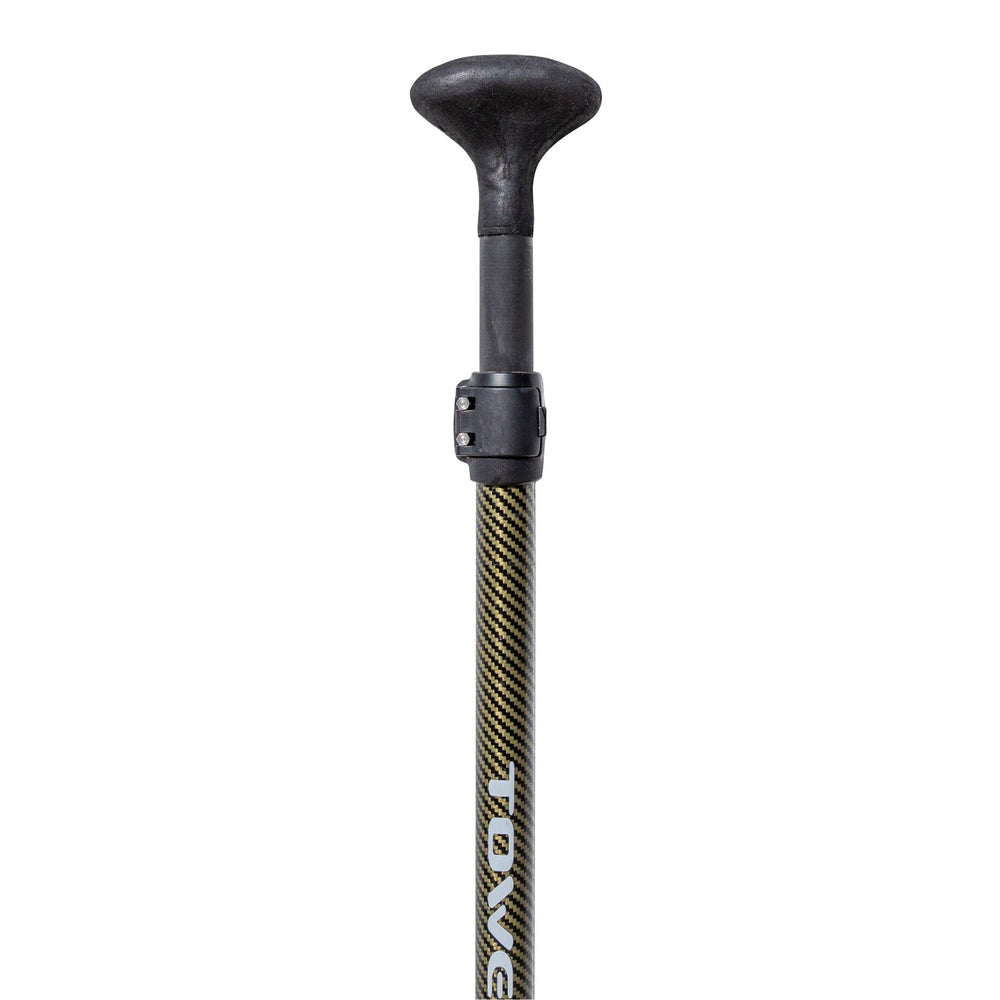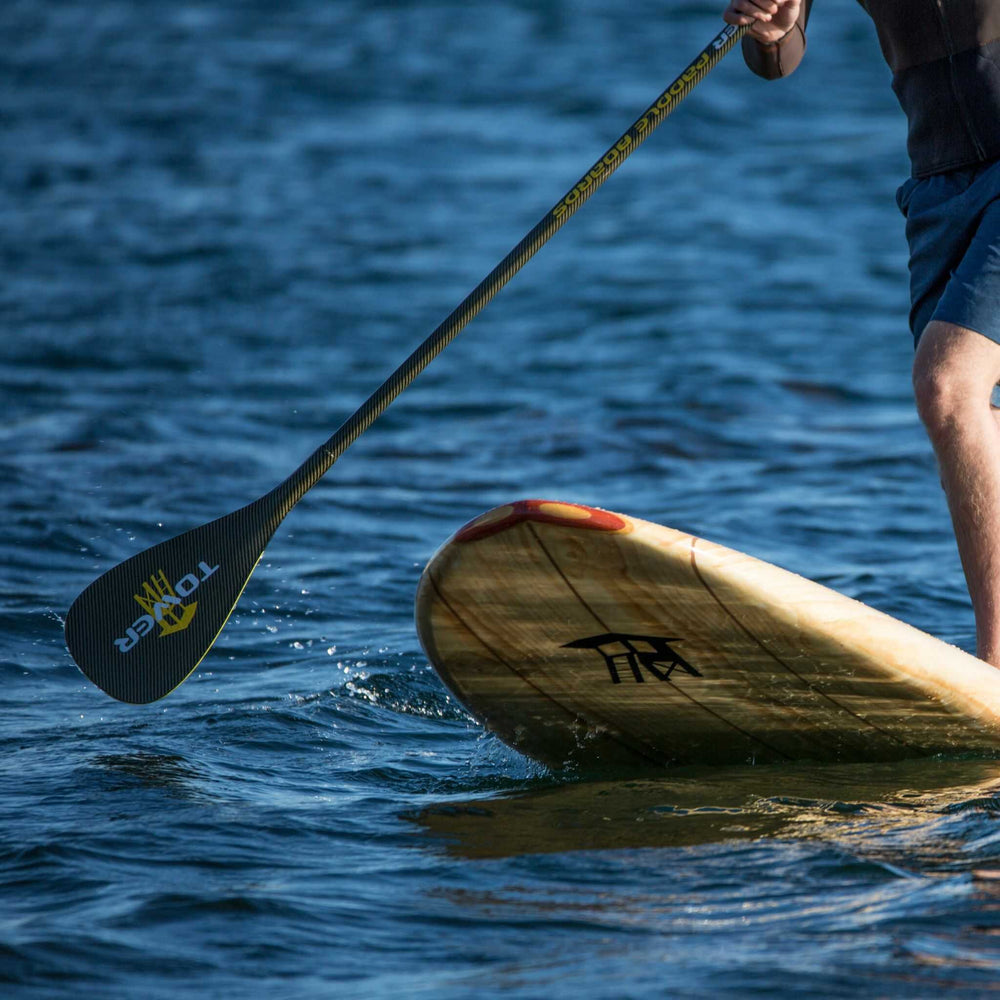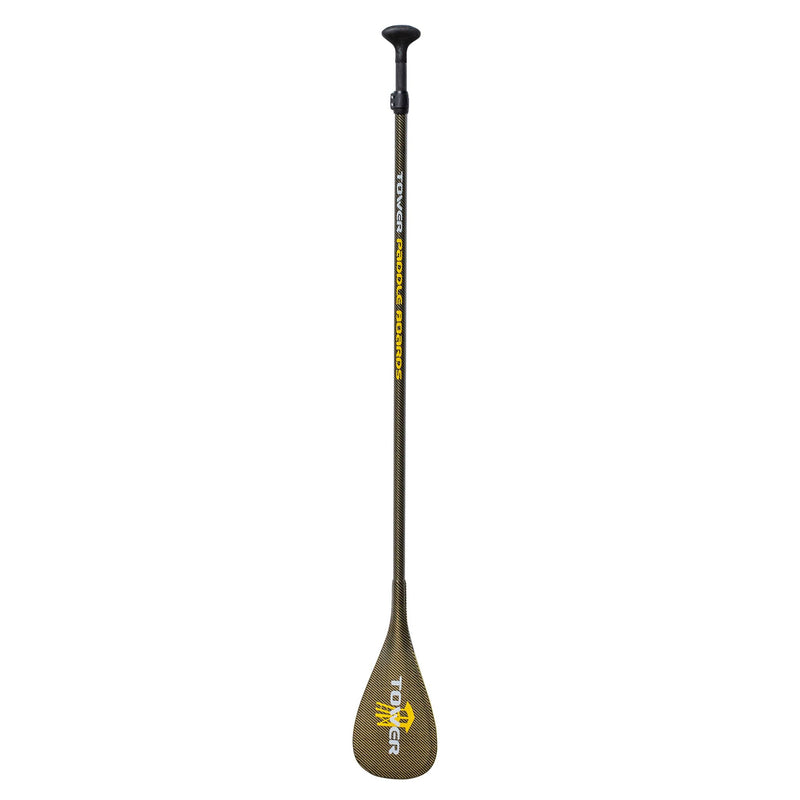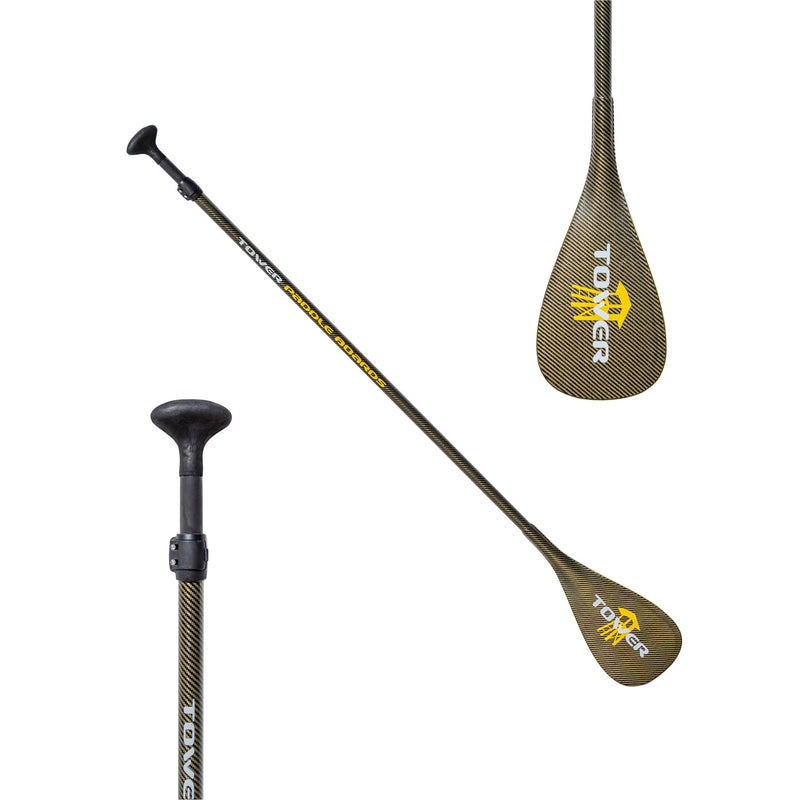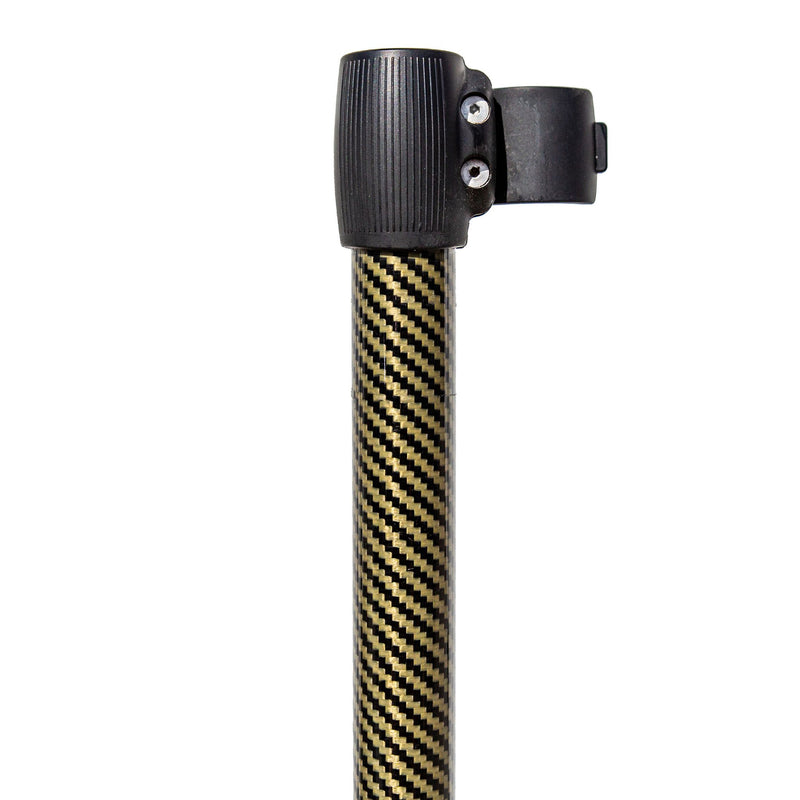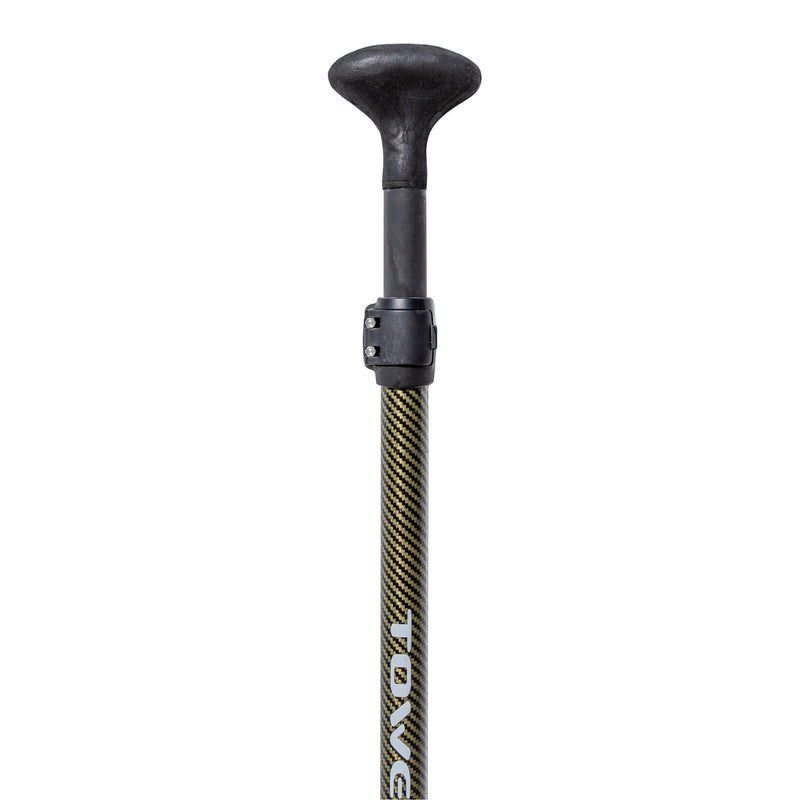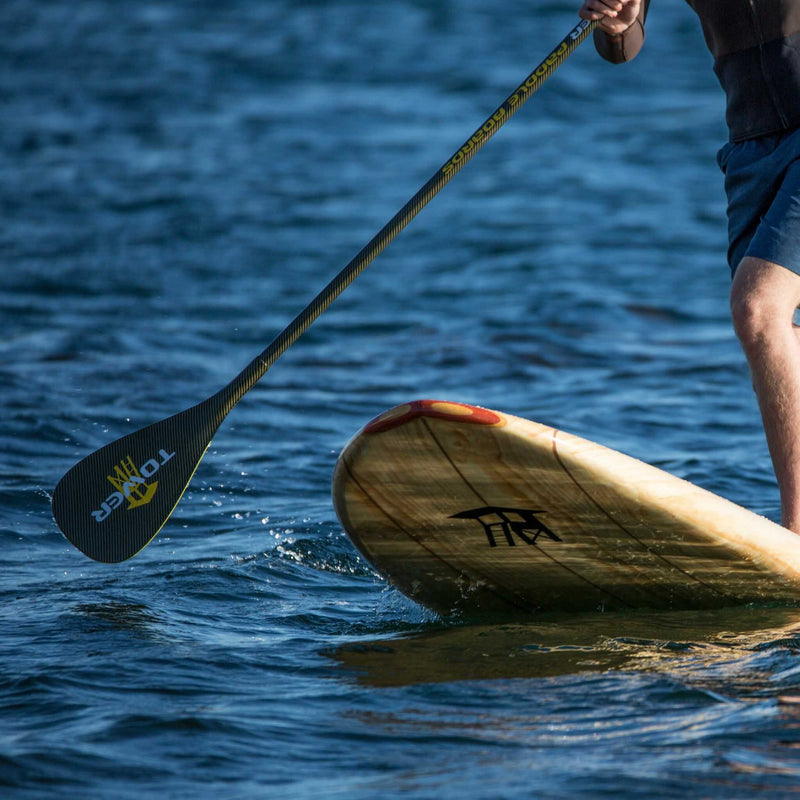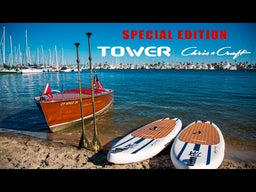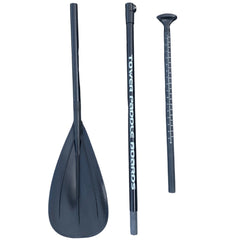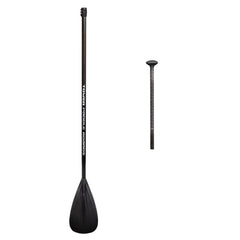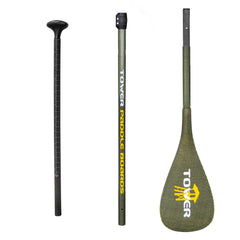SUP paddles are a lot longer than canoe or kayak paddles. Depending on where you frequently take your stand up paddle board, they also might be spending a considerable amount of time in the waves. Even outside of the SUP surfing zone, the sheer length of an SUP paddle means the amount of force they are subjected to is substantial. Toughness should be a major factor in your decision of which stand up paddle to rely on.
Where many SUP paddle brands just make a paddle with some carbon fiber thrown in it, often times they aren't doing this in a purposeful manner. Just because a paddle is labeled carbon fiber does not mean it is using carbon fiber in a logical manner. The result may be a paddle that snaps the second day you use it (which I have personal experience with), or it may be a paddle whose shaft strength or SUP blade strength can be severely compromised the first time you drop or nick the paddle (which happens frequently). There is actually a $25 SUP accessory product called a Paddle Guard that is a kind of rubber edge lining that is designed to fit around the perimeter of a carbon fiber SUP paddle to prevent damage to your paddle blade, and claims to not affect your performance. I've had SUP shop owners recommend this product to me. The natural question, of course, is, Why not just make paddles that are designed to self-protect? Surprisingly, many SUP paddle companies don't. We do. And we address our complete paddle design with the same holistic, logical approach.
NOTE: Be sure to rinse paddle with freshwater after each use. Metal parts of paddle will rust if not rinsed thoroughly.
